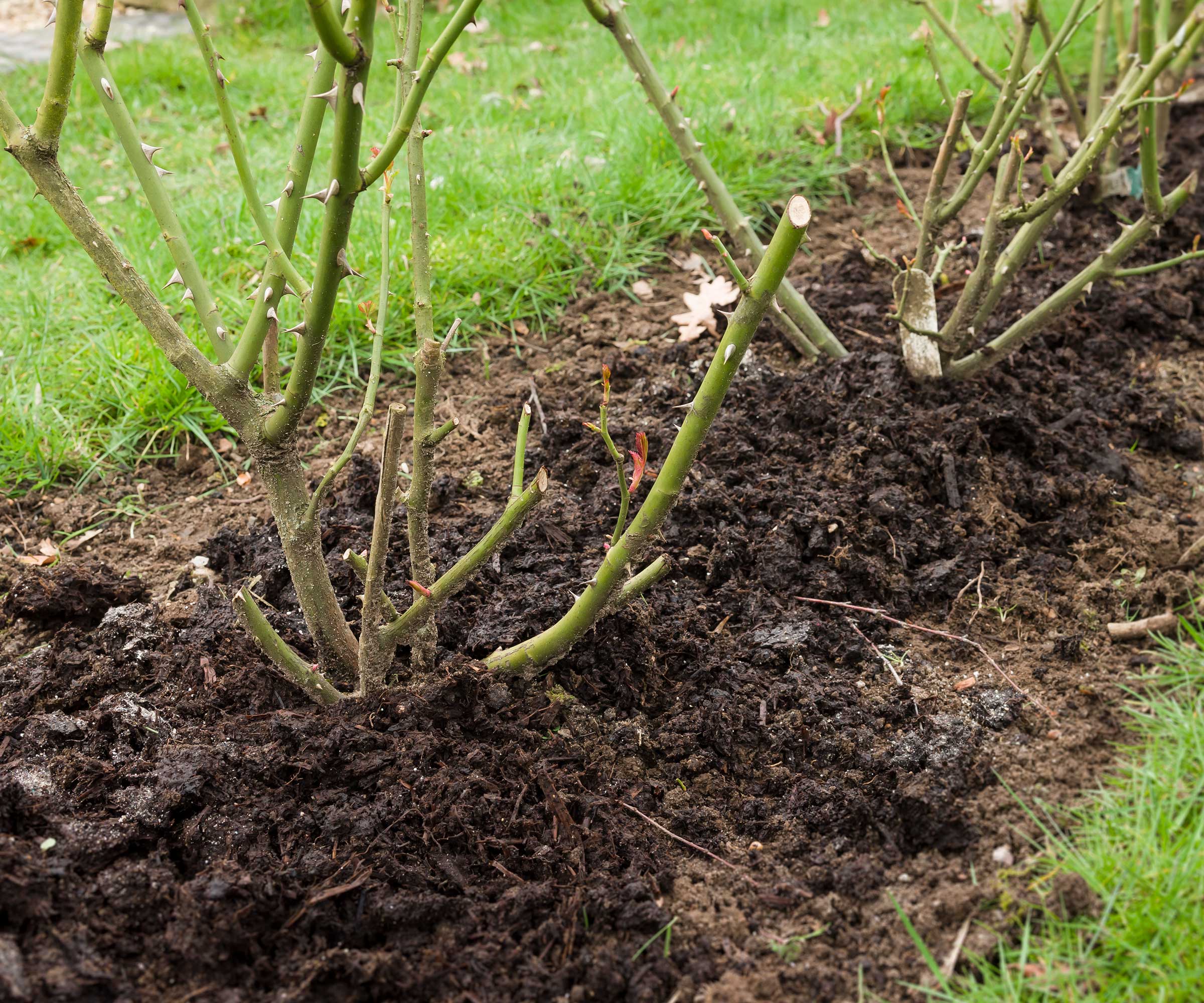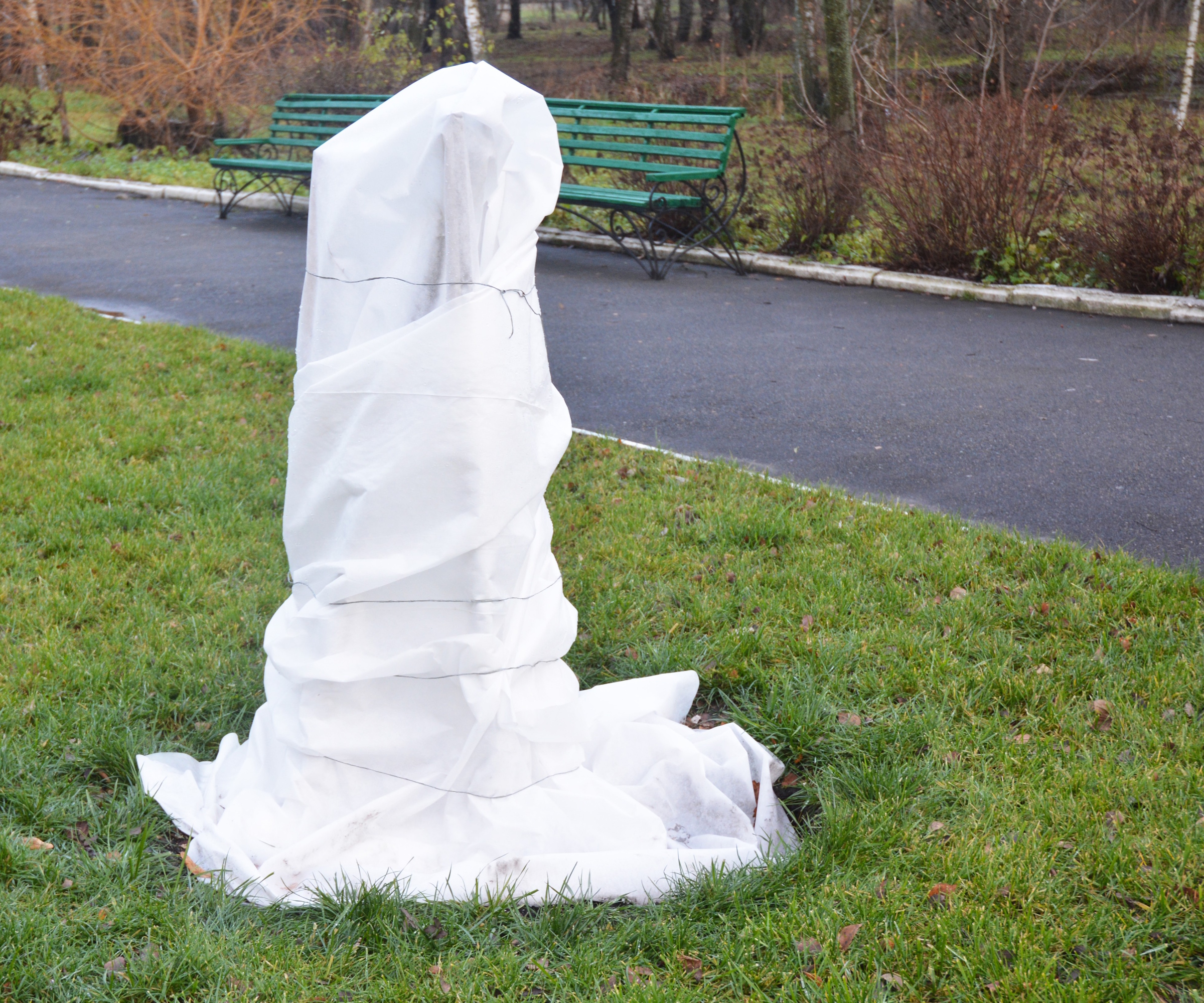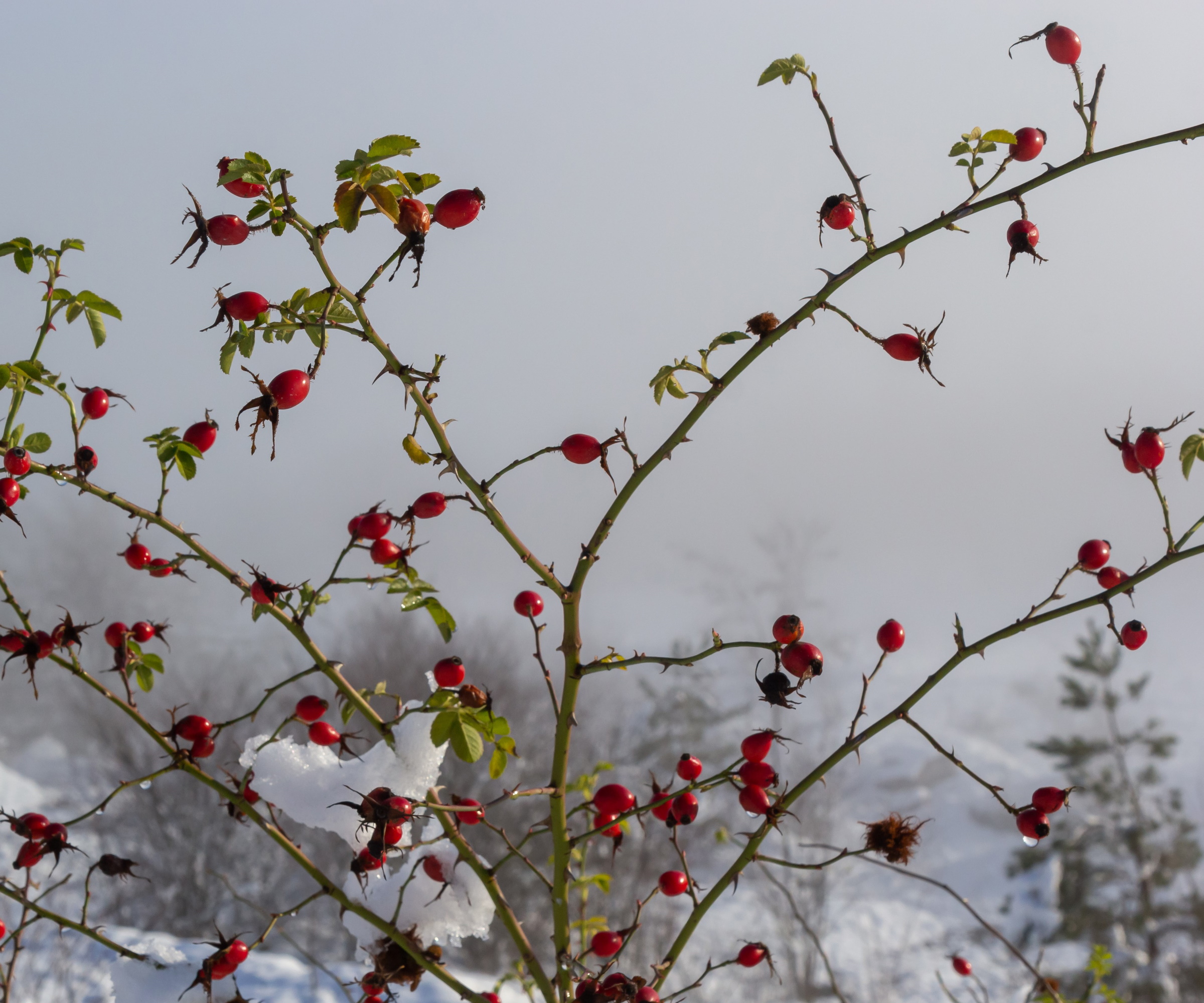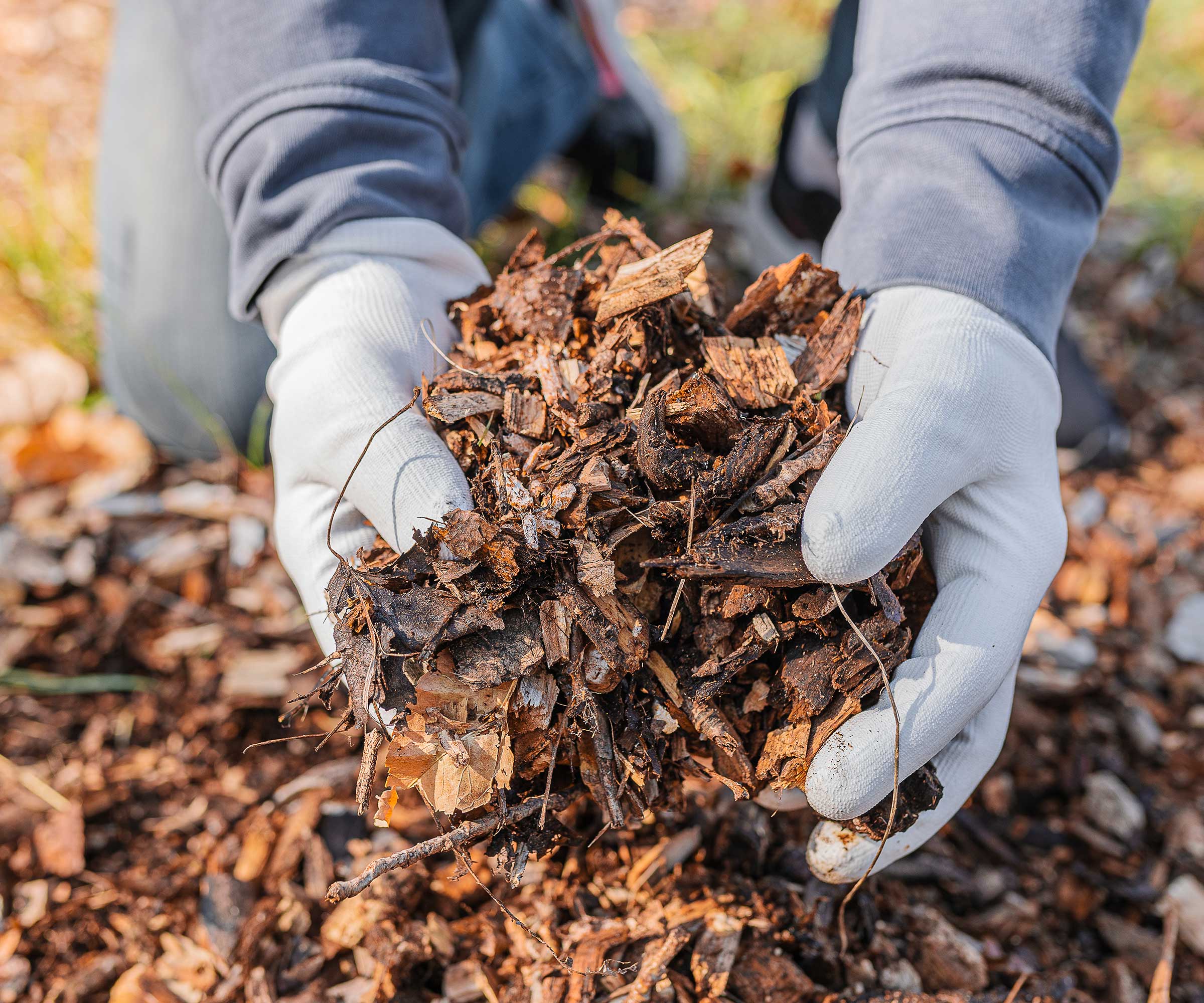
While roses are at their best in spring and summer, we as gardeners still need to take care of them during the colder months of the year. Spending a small amount of time learning how to winterize roses will ensure that your plants remain healthy.
Most roses are hardy, meaning that they can survive just fine through snow and frost, common in northerly regions during the colder months. However, there are a few small steps to follow to be sure that your roses return next year.
So, if you know how to grow roses but want some more information on how to winterize them, our guide will help you quickly learn how to protect them from the worst of the cold weather.

How to winterize roses
Learning how to winterize roses will depend on your US hardiness zone. While most roses are tough, resilient plants, if you live in a region where frost and snow are common in winter, it will be worth providing some protection to help your flowering plant.
Invest in frost cloths if you experience harsh winters

'Most roses are hardy and do not need to be covered,' explains Melinda Myers, gardening expert and author. 'You shouldn't really need to cover roses with frost cloths unless you reside in US hardiness zone 4 or below. Use something like this pop-up plant tent from Amazon, which can be removed as soon as the worst of the weather has passed.
'If you do use cloths or cones, make sure they have some ventilation,' says Melinda. 'The vents should be on the side facing away from prevailing winds. This allows hot air to escape on cold but sunny days. As temperatures begin hovering around freezing in spring or plants begin growing it is time to remove the covering.'
These natural jute burlap blankets measure approximately 15 feet in length, ideal for larger roses.
This thick and versatile frost cloth is easy to use and will help protect roses in cold and snowy weather.
This plant cover bag is made of high quality burlap to help cover plants in an eco-friendly way.
Prune roses in late winter

In terms of how to prune roses, more often than not this is completed in the winter. 'Allowing the plants to stand and waiting until late winter or early spring, just before growth begins, is often the best time to prune roses,' continues Melinda.
'At that time you can prune older canes and any winter damage, cutting back to healthy growth. You can also reduce the size and remove any wayward growth,' says Melinda.
‘For correct pruning, check which rose variety you have, as exact pruning rules will differ between species. The basic principles are the same, however: remove dead, diseased, and dying wood first, then open up the center of the bush, which will help with airflow to reduce potential issues with black spot.’
Mulch your roses when temperatures start to drop

Mulching is a good idea for all plants, as it helps to insulate the soil and add nutrients to the earth. Mulch your roses with a thick layer of bark, straw, leaves, or compost at the start of the season, making this a job for your winter gardening checklist.
Each winter, after pruning in January or February, it is a good idea to apply a thick layer of well-rotted manure or good-quality compost. This will not only supply the roses with important nutrients but also ensure that moisture is retained in the soil, thereby preventing unnecessary watering during the summer.
Mulching your roses with this pine bark mulch will help to keep your flowering plants insulated during the cold months.
FAQs
How do I winterize my climbing rose?
There are several different approaches when it comes to winterizing climbing roses that grow up a wall or trellis. In general, however, you shouldn't need to protect them unless you reside in a very cold zone. After the flowers fade, in late fall, take time to prune any long canes to prevent wind damage and reduce swaying in the wind. You can then tie your rose to any garden structure or framework. Just be sure not to tie in too tightly, allowing a small amount of wiggle room for the rose to move.
If you are hoping to add climbing roses to your garden – and why wouldn't you, they include some of the best fragrant roses – then be sure you research how to plant climbing roses to ensure their greatest chance of success.
How do I winterize my potted rose?
The best way to winterize roses in pots is to move the pot into an unheated greenhouse or even just a more sheltered spot in the garden – away from the worst of the winter weather. In most spots, you can leave the containers outside even during frosty weather. However, if a heavy snowfall is expected, it is a good idea to bring them inside and store them in a cool, dark area such as your basement, unheated greenhouse, or garage. If you store your containers in the garage, remember to protect them from the winter temperatures that can come in as you open and close the door. Store your containers inside until the threat of snow has passed, typically in early spring. You'll want to check your roses periodically to make sure they don't dry out completely, and water as required.
Do not fertilize your roses during the fall and winter months. This is not necessary and can do more harm than good. Instead, when fertilizing roses, always wait until spring and summer. As a rule, always keep feeding to the growing season. For more information, see our guide on how to make your own rose fertilizer.







